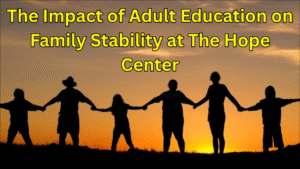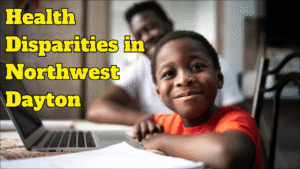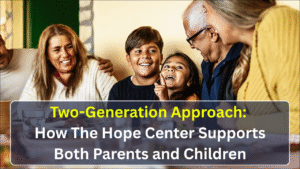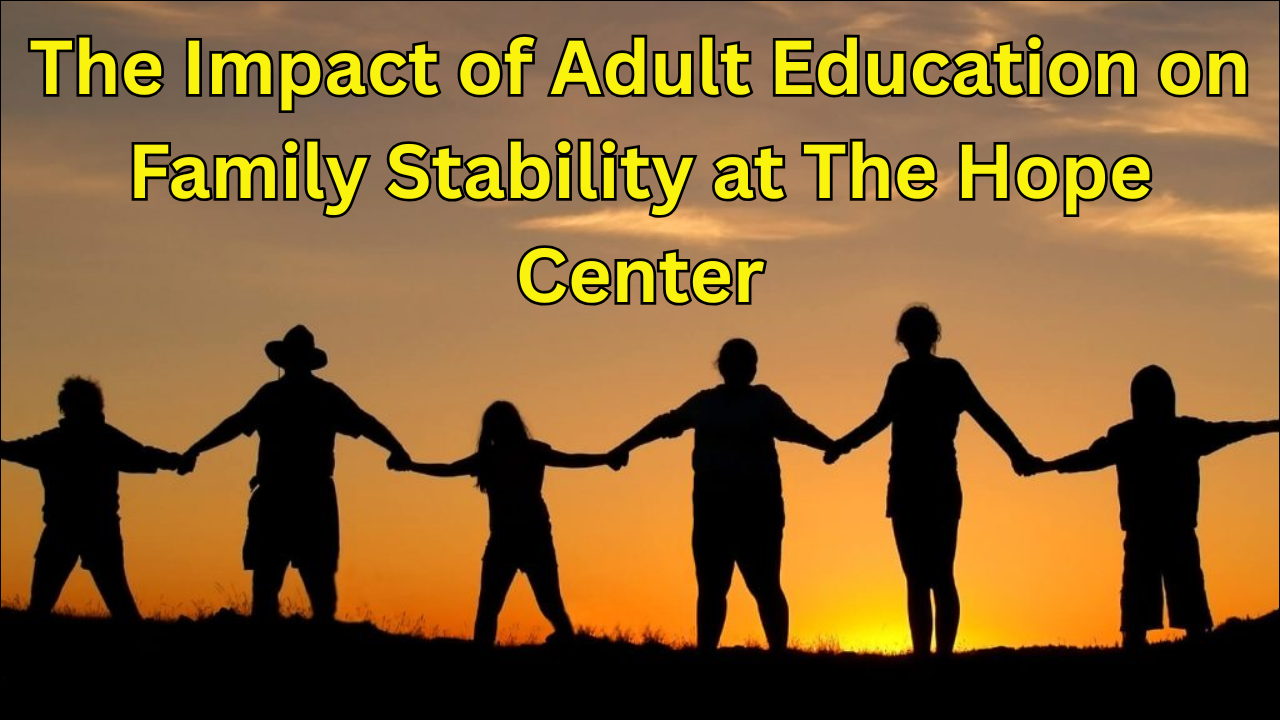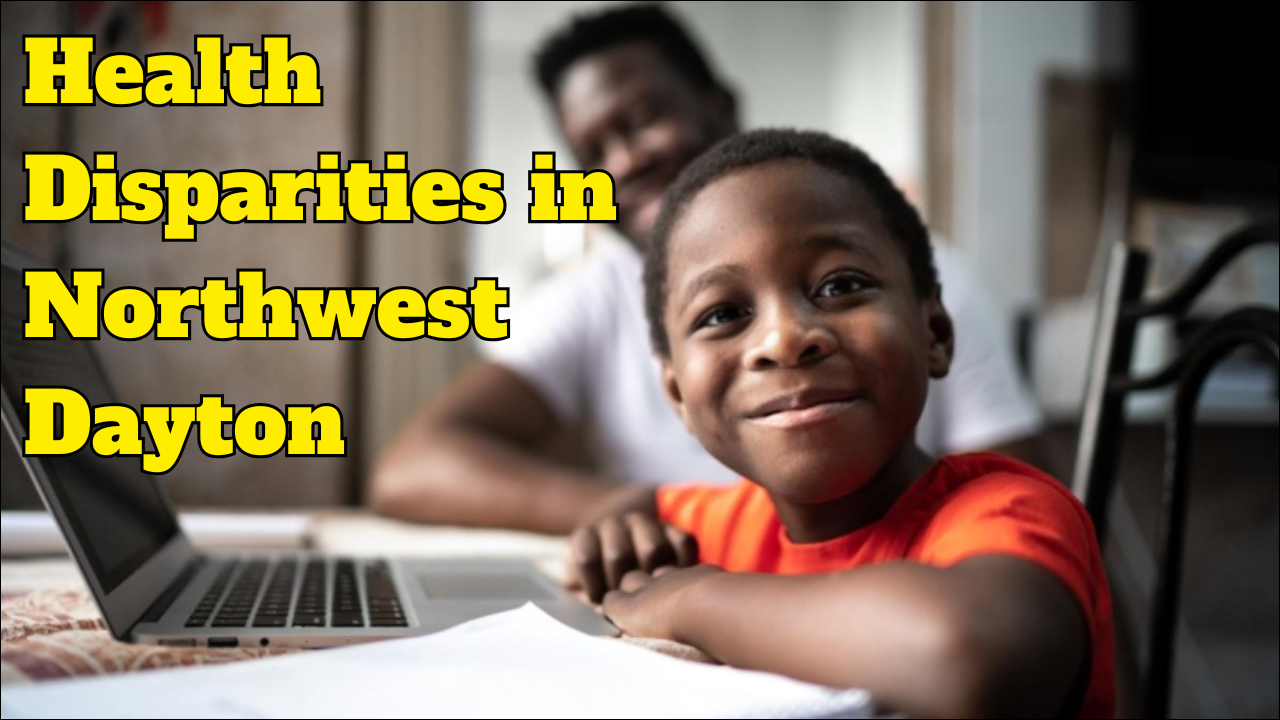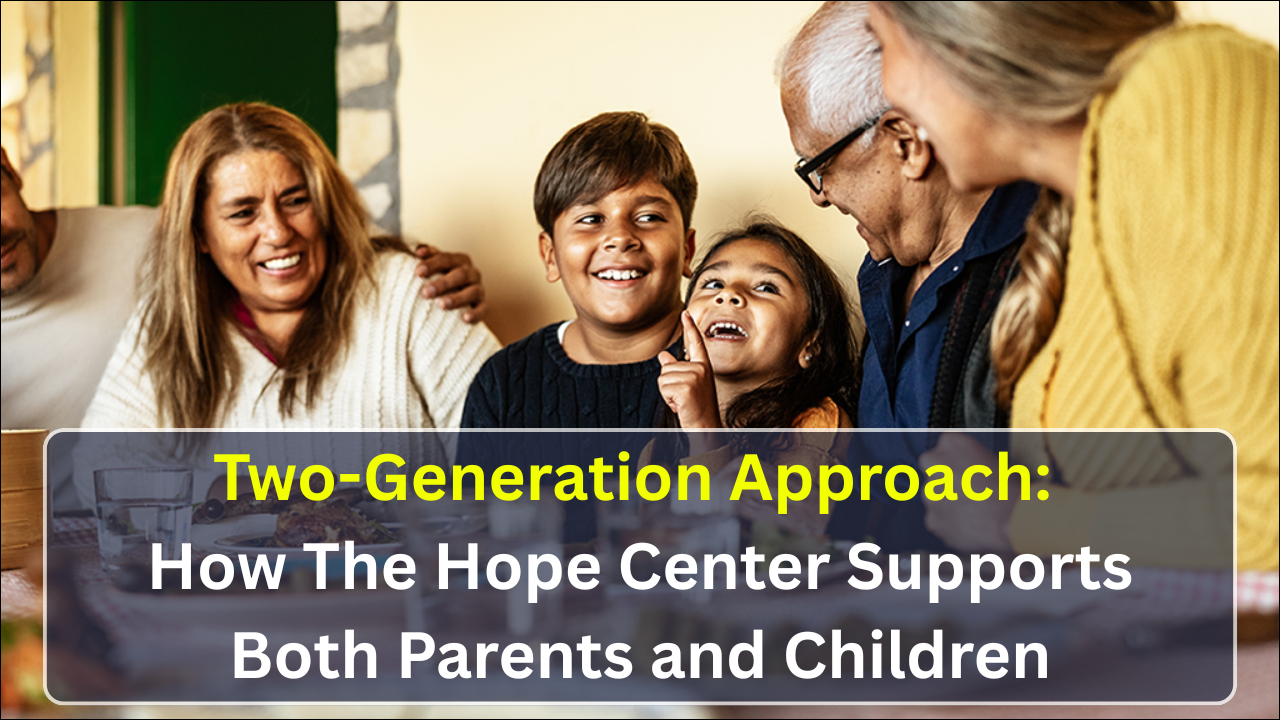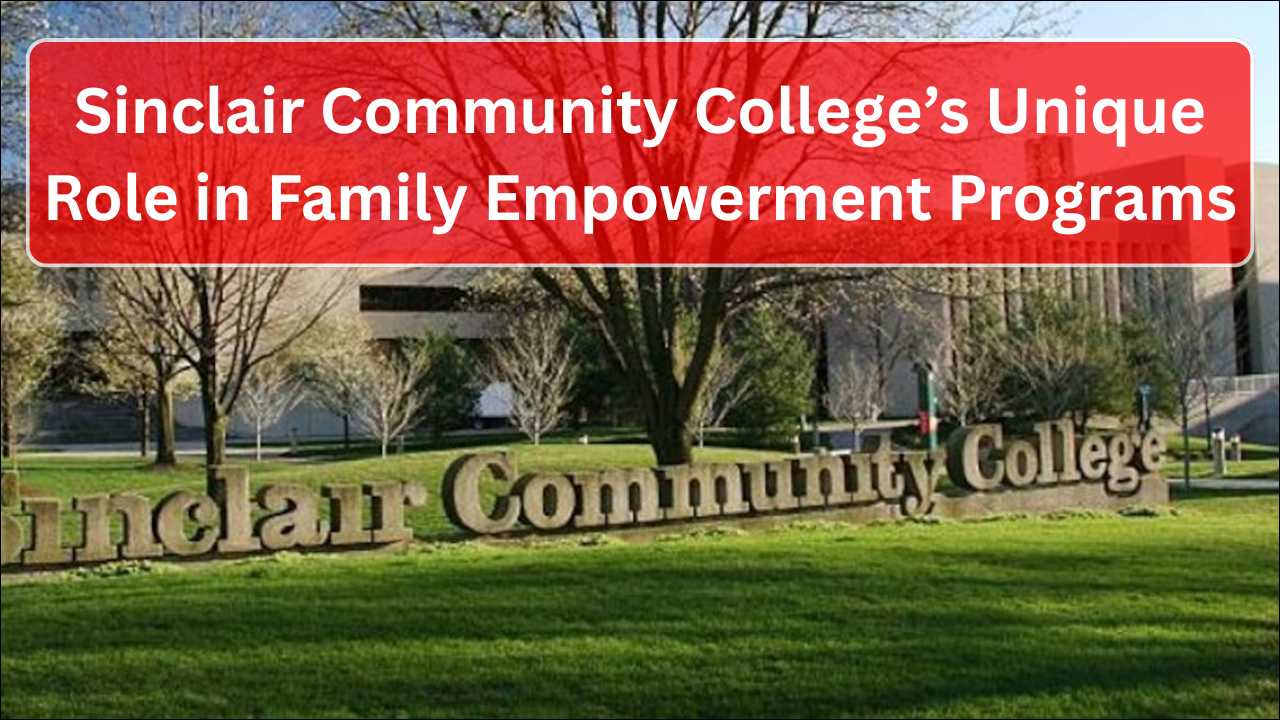
Family well-being is strengthened when education and healthcare systems work together to address the full spectrum of needs. In Northwest Dayton, local hospitals and schools collaborate closely to provide integrated support for children and parents, ensuring that families have access to both educational opportunities and essential health services. This cooperation creates a network of care that not only promotes academic success and physical health but also fosters emotional resilience, economic stability, and long-term family empowerment.
Table of Contents
1. The Role of Schools in Family Support
Schools are central to community well-being because they provide more than just academic instruction—they are hubs for social, emotional, and developmental support.
- Early childhood centers like Mini University prepare children for lifelong learning.
- Schools identify children’s developmental and health needs through regular screenings.
- Parent engagement programs encourage families to participate in educational planning.
- Extra-curricular programs develop social skills, creativity, and leadership.
2. The Role of Hospitals in Family Support
Hospitals, particularly pediatric centers like Dayton Children’s Hospital, extend care beyond medical treatment to address holistic family needs.
- On-site and community-based health screenings detect early medical issues.
- Preventive care programs teach nutrition, hygiene, and wellness habits.
- Mental health counseling supports both children and adults in coping with stress.
- Hospitals provide vaccination drives, health education, and chronic care management.
3. Integrated Health and Education Programs
Collaboration between hospitals and schools ensures that families receive comprehensive support across multiple domains.
- Coordinated health screenings within schools allow children to receive care without disrupting learning.
- Health education is incorporated into the school curriculum, emphasizing physical and mental wellness.
- Hospitals provide consultation and training for school staff to manage student health needs.
- Early identification of health issues improves academic performance and attendance.
4. Supporting Parents and Caregivers
Parental involvement is key to effective family support. Hospitals and schools work together to empower parents with knowledge and resources.
- Parenting workshops teach health management, nutrition, and positive discipline strategies.
- Adult education programs from Sinclair Community College complement family health initiatives.
- Counseling services guide stress management, work-life balance, and family dynamics.
- Community resource fairs connect parents to social services, housing support, and employment assistance.
5. Collaborative Programs in Action
Examples of Collaborative Family Support Programs
| Program | Description | Impact on Families |
|---|---|---|
| School-Based Health Centers | Hospitals provide on-site healthcare in schools | Improved access to medical care and early intervention |
| Family Wellness Workshops | Jointly conducted by hospitals and schools | Strengthened parent-child relationships and health literacy |
| Early Literacy & Health Programs | Combines reading programs with nutrition education | Cognitive development and healthy habits |
| Immunization Drives | Hospitals vaccinate children during school hours | Increased community immunity and reduced illness |
| Counseling & Mental Health Support | Integrated services for children and parents | Reduced stress and improved emotional stability |
6. Addressing Social Determinants of Health and Education
Collaboration also tackles broader factors that affect family well-being, such as financial stability, housing, and food security.
- Schools identify families at risk of food insecurity and connect them to hospital-supported nutrition programs.
- Hospitals provide screenings for social risk factors and refer families to educational support services.
- Financial literacy programs from adult education courses help parents manage household resources.
- Housing and transportation assistance ensure that families can access both school and healthcare services.
7. Technology and Data Sharing
Effective collaboration relies on data and communication between schools and hospitals.
- Shared health records help schools respond to students’ medical needs promptly.
- Digital platforms allow parents to track both academic and health progress.
- Coordinated case management ensures that interventions are timely and comprehensive.
- Data analysis informs community health initiatives and educational strategies.
8. Community Health and Education Events
Joint events strengthen community ties and promote awareness about holistic family support.
- Health fairs hosted at schools offer screenings, immunizations, and wellness information.
- Literacy and STEM events integrate health education for children and adults.
- Family nights combine parent workshops with student activities to foster engagement.
- Volunteer programs engage community members in supporting school and hospital initiatives.
Community Events Supporting Families
| Event | Collaborators | Family Benefits |
|---|---|---|
| Health & Wellness Fair | Schools & Hospitals | Free health screenings and nutrition guidance |
| Family Literacy Night | Schools & Community Libraries | Encourages reading and learning at home |
| Parent Education Workshops | Hospitals & Sinclair Community College | Parenting skills and life management support |
| Immunization Drives | Schools & Hospitals | Safe and accessible vaccination services |
| STEM & Wellness Camp | Schools & Local Clinics | Combines education with physical activity and health awareness |
9. Positive Outcomes of Collaboration
The partnership between hospitals and schools produces measurable improvements for families and the wider community.
- Increased school attendance and reduced dropout rates due to better health management.
- Improved academic performance linked to early detection of health issues.
- Stronger parent engagement and confidence in supporting children’s growth.
- Lower incidence of preventable illnesses among children and adults.
- Enhanced community cohesion through shared events and programs.
10. Challenges and Strategies for Success
While collaboration is highly effective, it requires careful planning and resource management.
- Challenge: Coordination between multiple organizations.
- Strategy: Regular inter-agency meetings and shared planning tools.
- Challenge: Limited funding for comprehensive programs.
- Strategy: Joint grant applications and community sponsorships.
- Challenge: Reaching underserved populations.
- Strategy: Mobile clinics, outreach programs, and flexible scheduling.
- Challenge: Data privacy concerns.
- Strategy: Secure digital systems and parental consent protocols.
11. Long-Term Vision for Families in Northwest Dayton
The ultimate goal of these collaborations is to build resilient families and communities that can thrive independently.
- Continuous integration of health and education programs ensures long-term stability.
- Expanding access to adult education strengthens family economic prospects.
- Early childhood interventions reduce future academic and health disparities.
- Community-driven initiatives create a self-sustaining network of support.
The Way Forward
The collaboration between local hospitals and schools in Northwest Dayton exemplifies a holistic approach to family support. By combining healthcare, education, and social services, families gain the tools they need to thrive academically, emotionally, and economically. Children receive quality early learning and preventive healthcare, while parents gain skills, confidence, and resources to guide their households. This integrated model demonstrates that strong partnerships between educational and medical institutions can create lasting, positive impacts on entire communities, ensuring that families not only survive but flourish.

